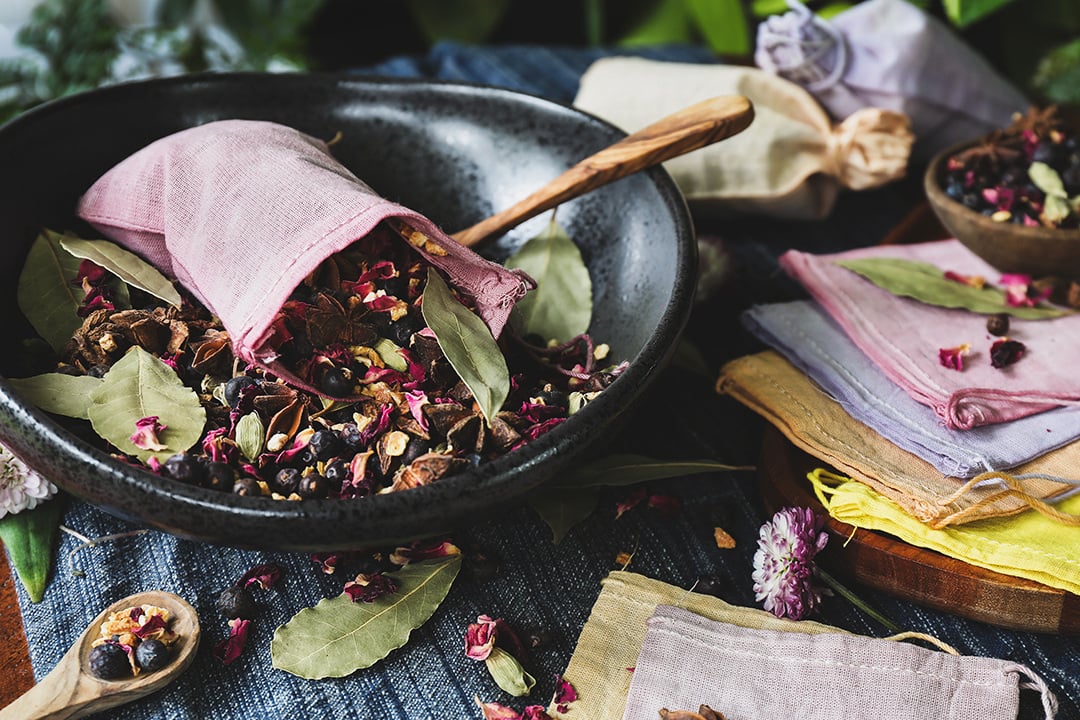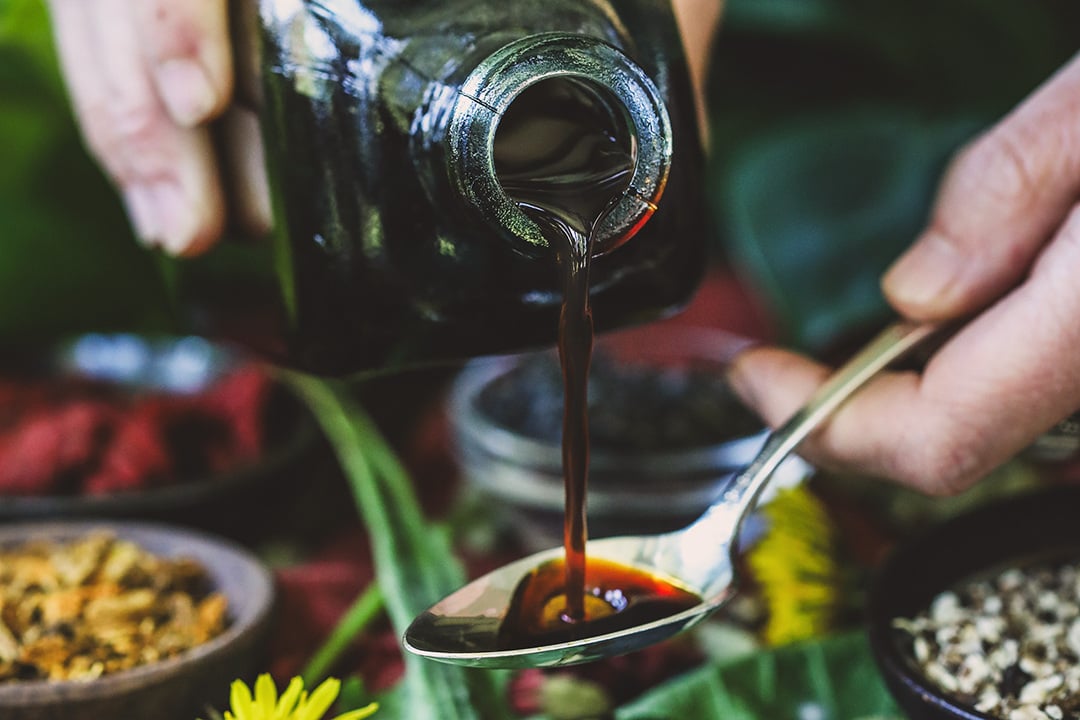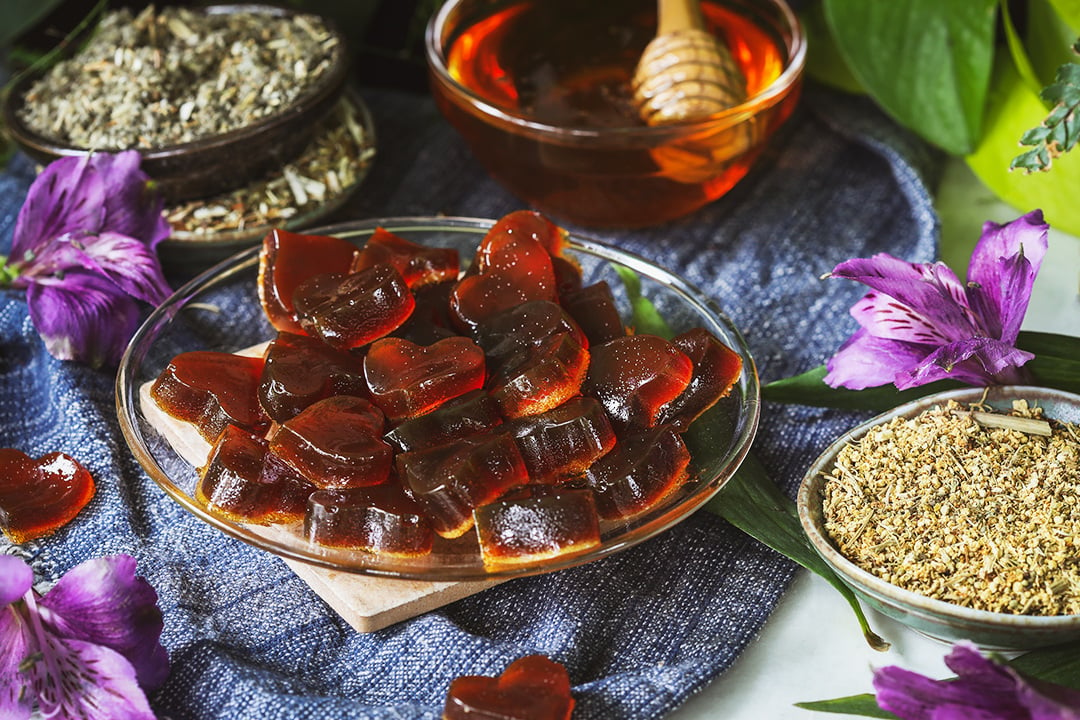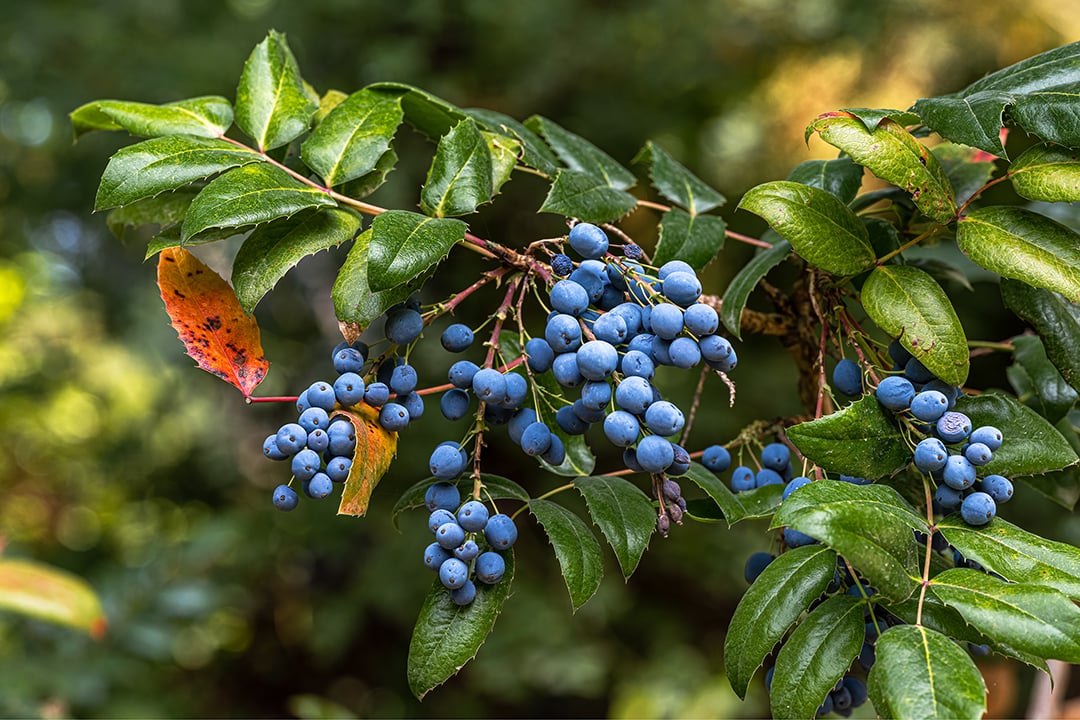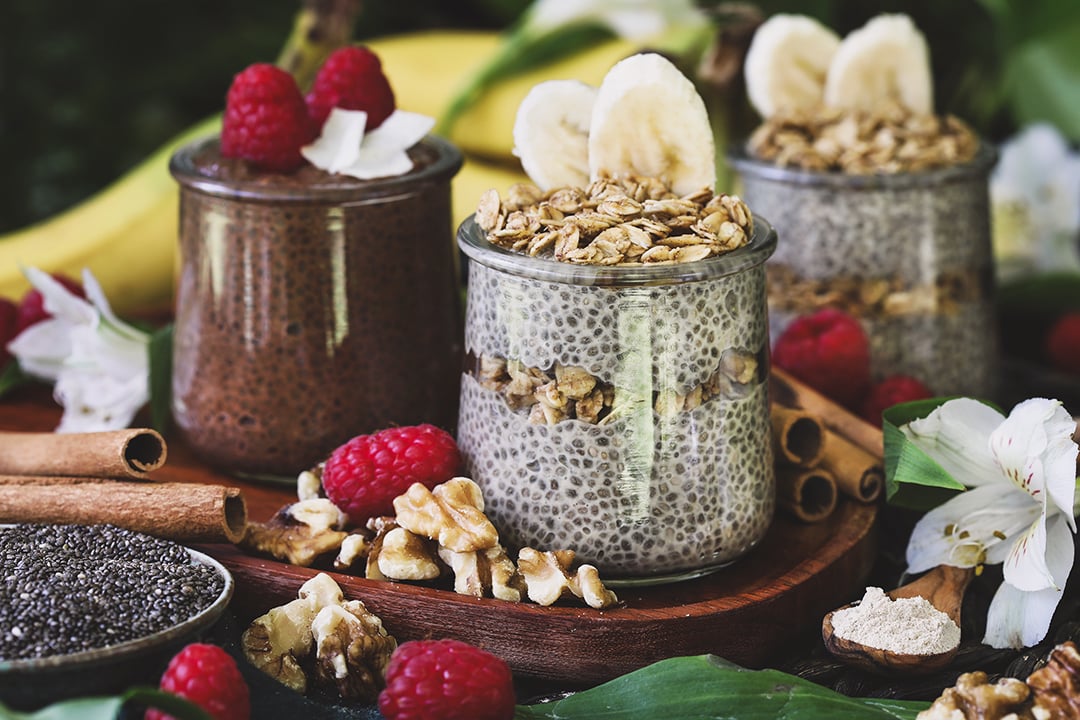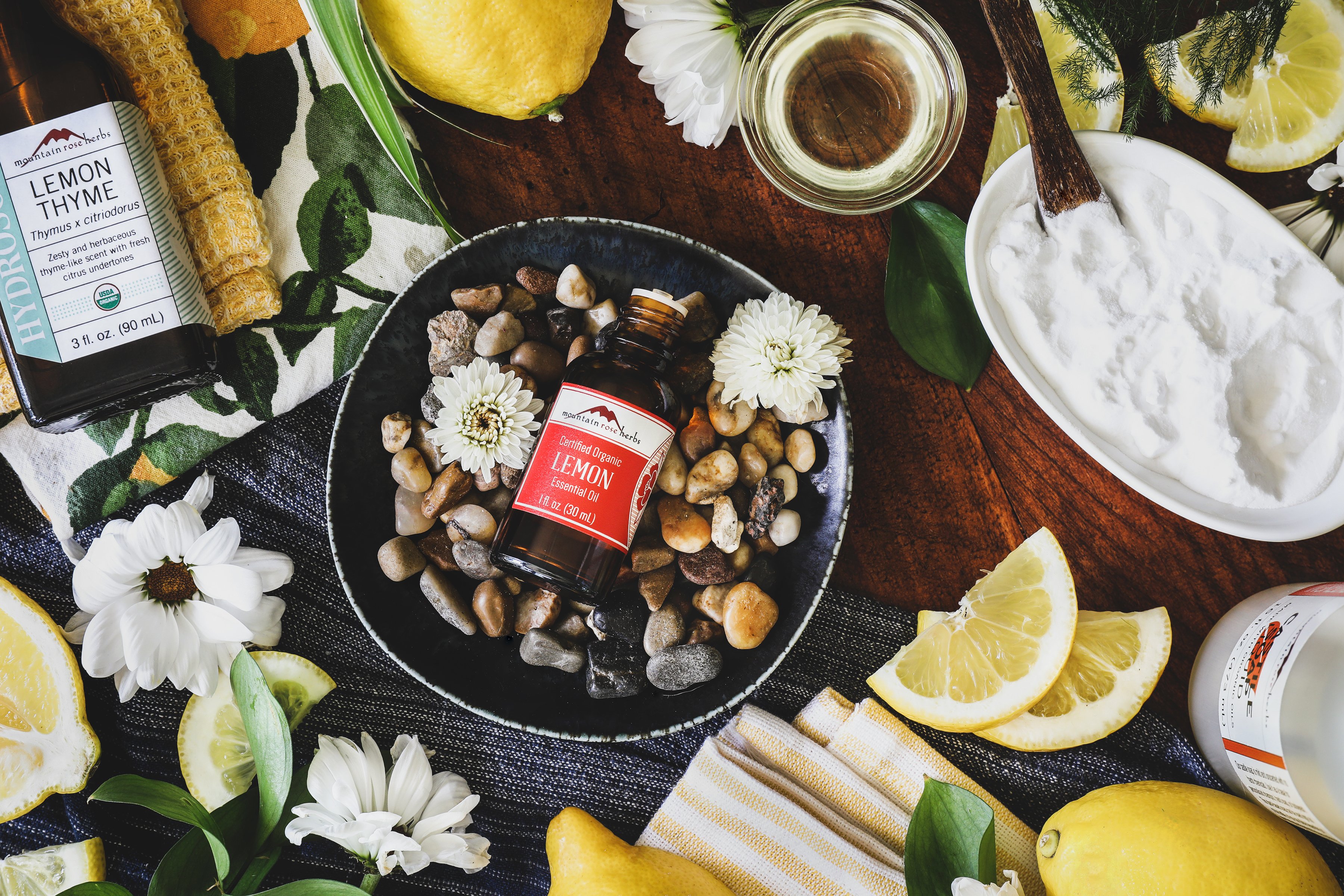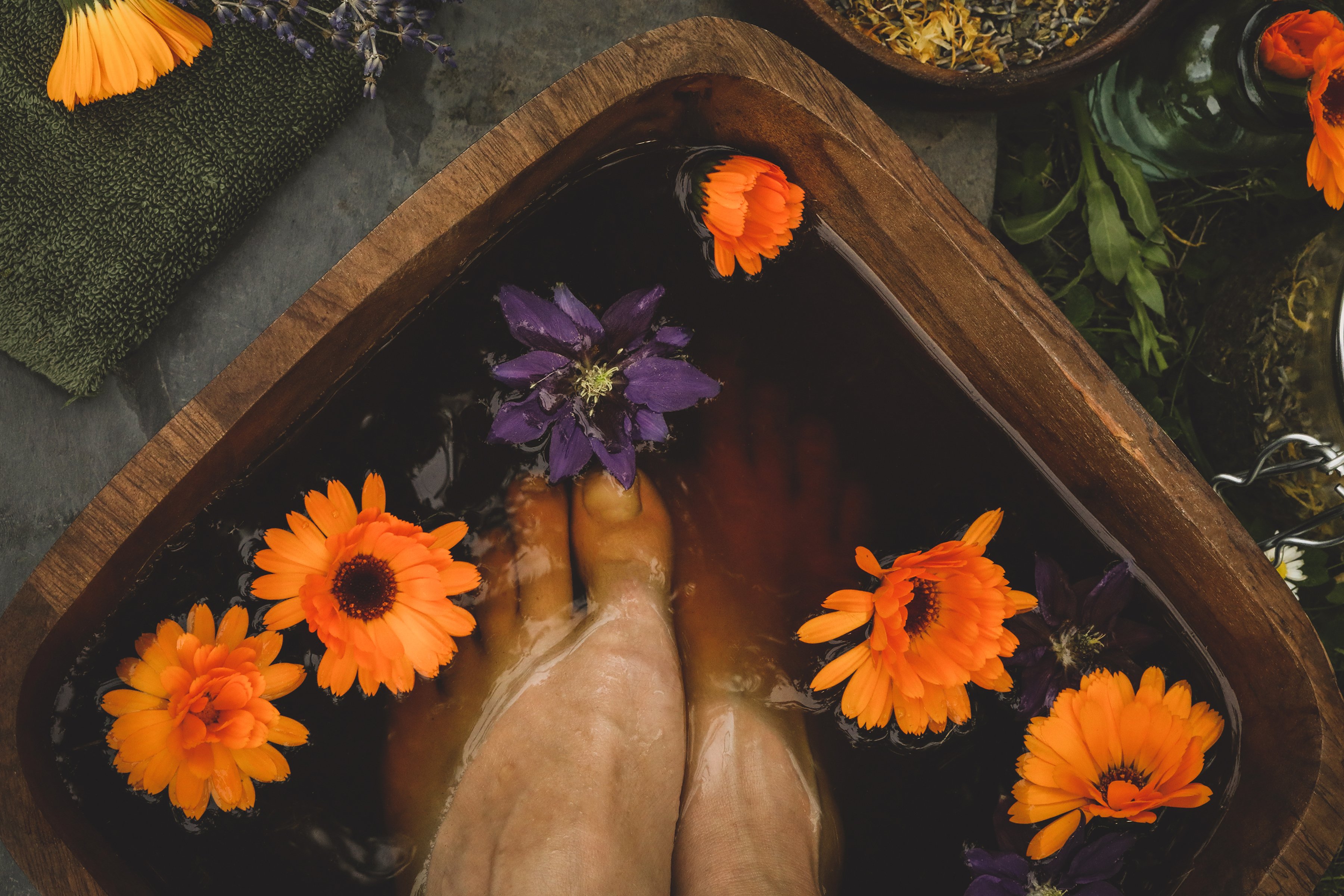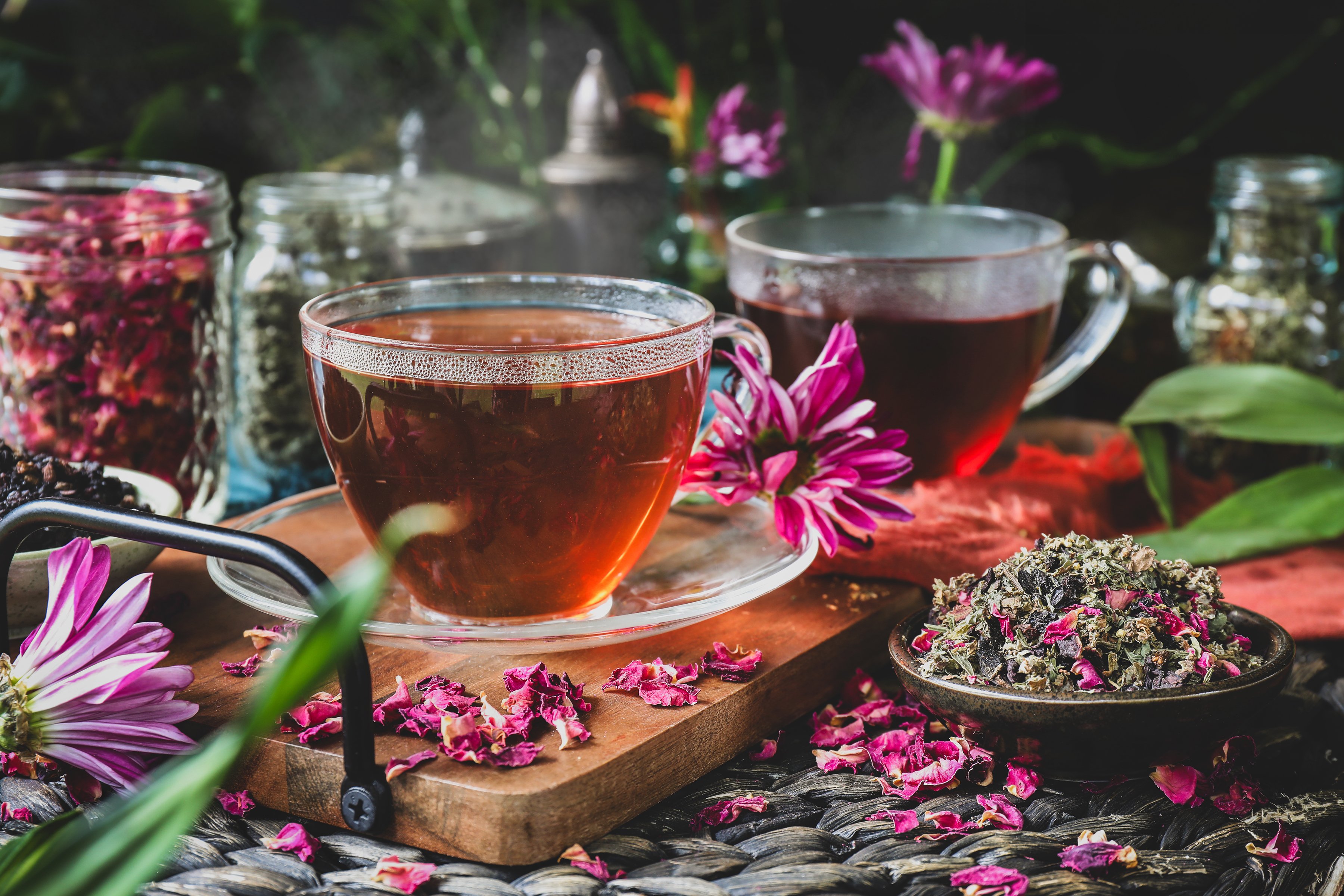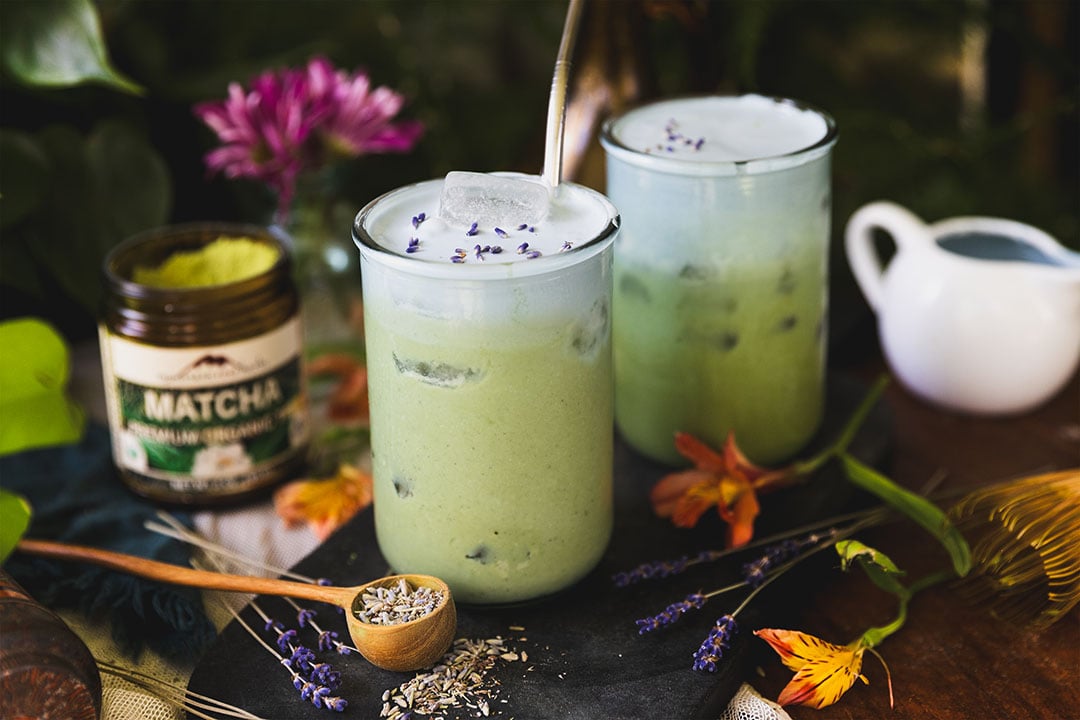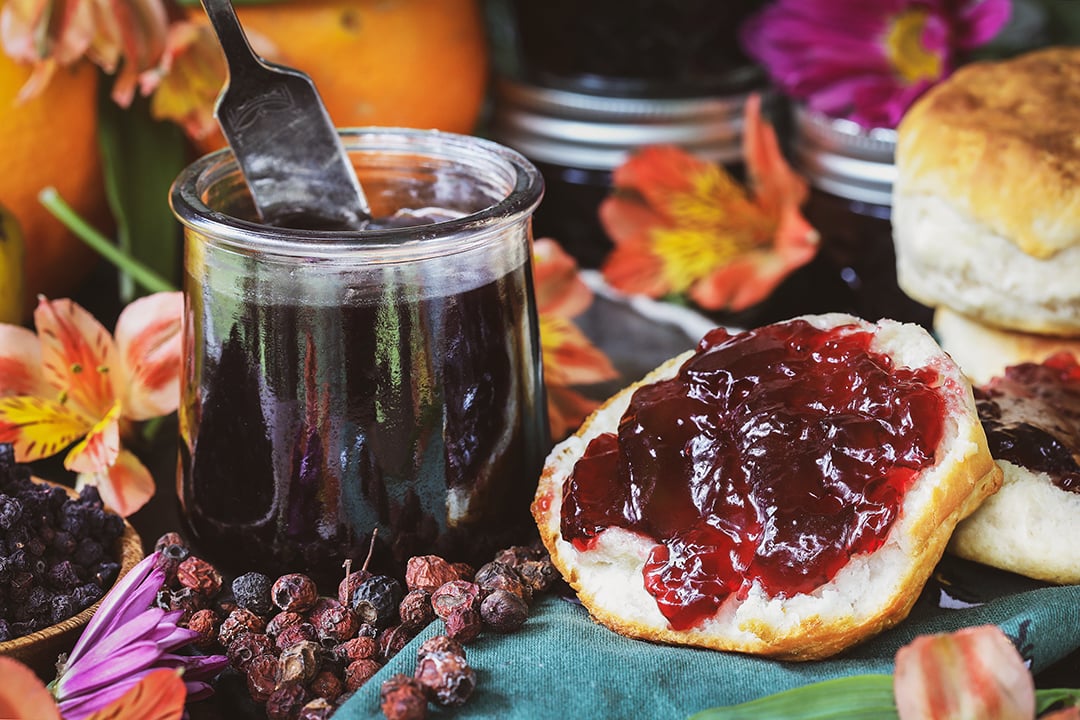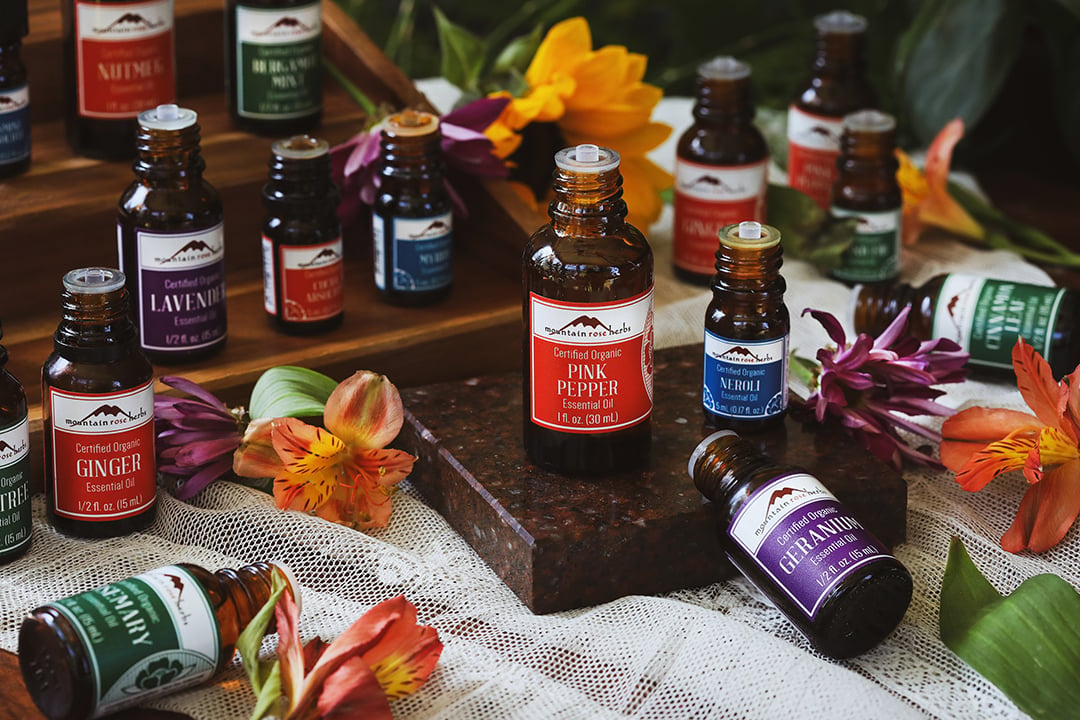Stumbling upon a pristinely white piece of fabric is an uncommon, likely even nonexistent occurrence around my household. White tea towels, clothes, bed sheets, and just about every milky-toned fabric in between has, somewhere down the line, fallen victim to my highly mess-prone and creativity-hungry hands. Whether it be my unintentionally stained “coffee tie dye” kitchen towels or my most beloved DIY indigo-dyed pants, altering the original hue of fabrics is one of my favorite ways to express myself creatively.
Read More
Iron is at the core of how our bodies function. It's what helps deliver oxygen, keeps our metabolism ticking, and powers our energy levels. But the unfortunate truth is that many of us are running low on this important nutrient, leaving us feeling drained and sluggish.

We love spring in Eugene! However, this is the time our stunning oaks, cedars, pines, and other trees release their pollen. Then we move into gorgeous early summer weather… except that is when the ryegrass and Timothy grasses that are so prevalent in our area join the trees in their pollen-fest. For people who have sensitivities to pollen, spring and summer in our beautiful city can be challenging. The silver lining for herbalism DIYers is this is an opportunity to try your hand at making herbal lozenges that can offer some seasonal relief.
Read More
This April, we celebrated our state’s first Native Plant Appreciation Month, which got us thinking about the incredible botanicals in our ecosystem. We often get the question, “What’s your favorite plant?” While it’s hard to narrow down our lists, one particular herbal ally has resounding popularity amongst our staff: Oregon grape. This year, as Oregon grape kept showing up at the top of our favorites list, obviously wanting to be the spotlight of a story, we decided Native Plant Appreciation Month was a good time to oblige.
Read More
I don’t think I can emphasize enough how hard it is for me to get out of bed in the mornings—like it is actually a serious problem at times. Part of my brain knows that I am making my morning routine a bit more and more frantic with each horizontal moment that ticks by, but it is so hard to care. What could the outside world possibly offer me that is better than the total warmth and comfort of my snuggly nest? Especially when there is a good book at hand and the world’s laziest dog snoring away next to me. Because of my proclivity for lengthy wakeups, I learned a long time ago that “I’ll just do it in the morning” is one of the rudest things I can do to my future self, so I have gotten into the habit of doing my morning meal prep the night before. Chia seed pudding is the definitive MVP for this practice. It is super quick to make and one of the few foods that is better after sitting overnight in the fridge. For this particular recipe variation, I wanted to try including herbs that pack a little extra oomph to help me show up for the day (however reluctantly) bright-eyed and bushy-tailed.
Read More
We love lemon essential oil for its wellness benefits, its bright and sugary citrus aroma, and its uplifting and energizing constituents. It’s a wonderful oil in skin and hair care formulas and for diffusing in homes and offices. We also love that this cost-effective oil makes an excellent cleaning agent and leaves our homes smelling deliciously like freshly cut lemons. It’s the 76% (=)-Lionene in lemon oil that makes it so good at polishing furniture and cutting grease and sticky residues. We’re revisiting five of our favorite lemon oil-based cleaning recipes that are easy to make, safe to use, and leave our homes smelling citrus good.
Read More
I am a four-season sandal wearer. I love allowing my feet to breathe and the feeling of being unconfined. During rain, shine, and sometimes light snow, my feet are ready to be bare at a moment’s notice. If an impromptu forest bathing opportunity or grounding session calls my name, I don’t have to worry about laces, ties, or the other constricting elements of standard shoes. My feet are free!
Read More
Spring has come on fully here in the Willamette Valley! Flowers are opening, leaves are unfurling, local wildlife is abuzz with activity, and I for one am looking forward to longer and sunnier days. Warm nights will bring ample stargazing opportunities throughout the summer, and the impending solar eclipse on April 8th will mean that many of us will be extra-aware of the closest and most important star of all, our beloved sun. With that in mind, I looked at the season ahead and felt inspired to revisit this stargazing tea blend.
Read More
I am a sucker for a colorful drink, and I will sheepishly admit that this bevvy was inspired by a popular coffee chain sign featuring their newest summer drink, the “Iced Lavender Cream Oatmilk Matcha.” The colors and the anticipated flavors of lavender, matcha, and creamy oat milk made it irresistible. So I pulled out the gift card I had gotten months back and splurged! The verdict—it was good, but I could make it better with top-shelf organic ingredients!
Read More
Right around Spring Equinox, I start to take inventory of what is in my apothecary, what needs to be used in the next few months, and what needs to be replaced now. This timing is serendipitous because as winter comes to a close and summer’s nutritious fresh berries are still months away, I start to crave the bright flavor and nutritious zing of freshly made superfood jelly. Hence, the end of March is my annual dried berries jelly-making time. This year, I was excited to find that my dried hawthorn berries and bilberries are on the 2024 refill list. These two superfood berries, particularly in combination, are perfect for early spring jelly-making and result in one of my all-time favorite jellies. One batch carries my family happily into summer.
Read More
In my last blog on understanding aroma notes for essential oil blending, I dove into the foundation of a blended fragrance, known as the base note or fixative note. In this article, I’ll be delving deeper into what is considered the heart of a fragrance, commonly referred to as the middle note or mid-note.
Read More

